Gorgeous beaches in Victoria that you might not know about
TIRED of hitting the same busy beaches every summer? Parks Victoria rangers share their hidden seaside gems you might not know about.
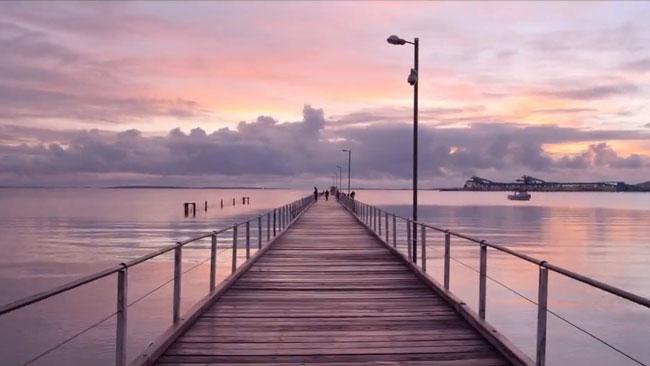
TIRED of hitting the same busy beaches each summer? Having to fight for a spot of sand, dodging balls from beach cricket games and evading second-rate bodysurfers when hitting the waves?
Rangers from Parks Victoria have shared their picks for the state's best secret beaches and marine national parks with the Herald Sun, just in time for summer.
These hidden seaside gems are the next best thing to owning your own private beach, and they're just waiting to be discovered.
Fairy Cove
THOSE who would rather hear the sound of swelling waves than squawking beachgoers should look no further than Fairy Cove.
Nestled in Wilsons Promontory National Park, this sandy spot is ideal for those who "want the feeling of their own private beach during peak season", Parks Victoria ranger Lynden Costin said.
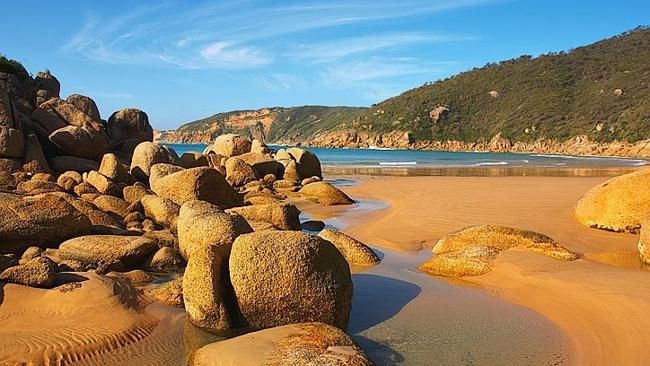
The small beach is so secluded it can't be accessed by car. Ranger Costin said visitors could park at Darby Saddle and then walk about 2.5km to the cove.
"It's a short steep walk down a stepped track from the main walking track from Darby River to Tongue Point," Ranger Costin said.
The beach is generally only accessible at low tide.
Sunnymead Beach
A TOP spot for swimming, surfing and rock pool exploring, Sunnymead Beach is a special seaside spot that rivals better-known neighbour Airey's Inlet.
Parks Victoria ranger Frank Gleeson said Sunnymead Beach boasted spectacular coastal cliff scenery and was dog-friendly, but didn't have camping for visitor facilities.
The beach is located on the Great Ocean Road and accessible via a 200m walk from the carpark at the end of Boundary Rd.
Where's your favourite beach in Victoria? Tell us below
Lonely Planet's top 10 islands and beaches to visit in 2014
Beachgoers also hoping to catch a glimpse of sea creatures can drive 10 minutes up the Great Ocean Road to the Point Addis Marine National Park, located east of Anglesea.
"Its protected waters and rocky reefs are home to a wide range of marine life, including the exotic Weedy Sea Dragon," Ranger Gleeson said.
Cape Conran
CAPE Conran, in East Gippsland, is home to two hidden beaches waiting to be discovered this summer.
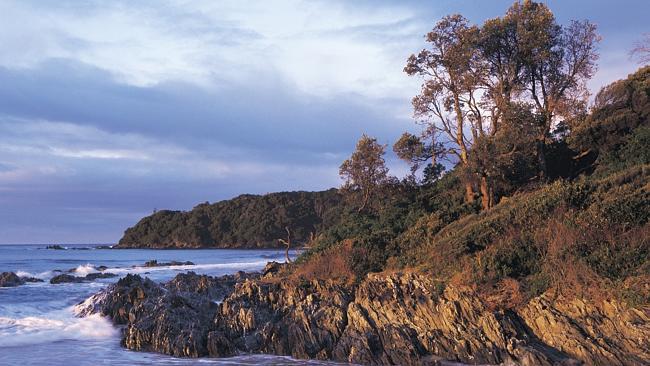
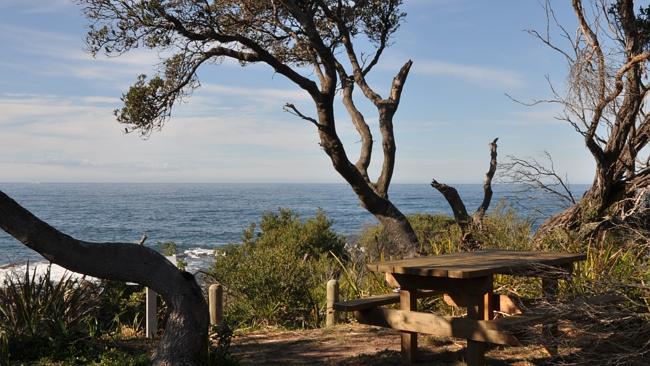
Parks Victoria ranger Mike Irvine said the well-protected East Cape was a top spot for swimming and surfing. Explorers can check out the beach's series of rock pools, while more energetic visitors can enjoy the 10km hike east to Pearl Point.
Visitors to East Cape are encouraged to pack some snags, as barbecues are located nearby.
West of the cape is Salmon Rocks, which is named after its large salmon-coloured granite boulders.
"This beach is more exposed to powerful swells, but on calmer days it can be good for swimming, surfing and snorkelling off the beach," Ranger Irvine said.
Ranger Irvine said both beaches were easy to get to from car parks, and beach access wheelchairs were available for loan from the camping office nearby. Fishing is allowed at both beaches.
Discovery Bay
CLOSE to the South Australian border, Discovery Bay beach is a beachcomber and bird watcher's haven.
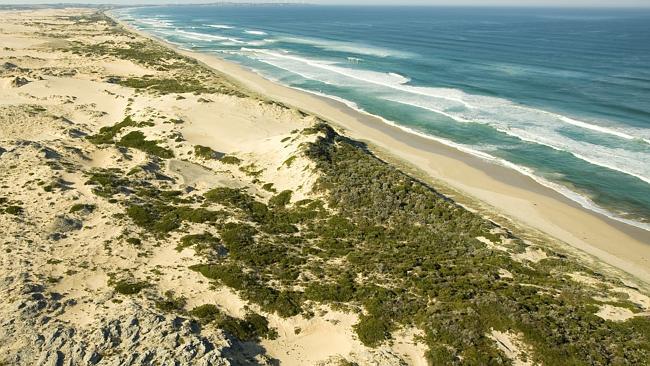
Parks Victoria Ranger Dom Tumney suggested a 2km trek along the portion of the Great South West Walk from Glenelg Estuary, just south of Nelson, to Shipwreck Rock.
"On the way you can spot plenty of interesting beach birds and do some great beachcombing as well," Ranger Tumney said.
Glenelg Estuary is home to a pleasant sandy beach ideal for fishing and swimming, and accessible from a car park at the end of Estuary Rd.
There's also good snorkelling and diving at Discovery Bay Marine National Park.
Croajingolong
CROAJINGOLONG National Park follows a stretch of coastline for about 100km in far eastern Victoria, between Mallacoota and Point Hicks.
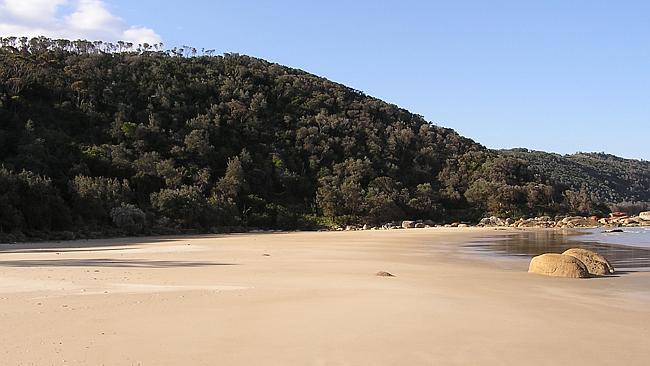
Parks Victoria Ranger Kate Milkins said there were vast dune fields, coastal forests and sweeping beaches just waiting to be explored, as well as off-the-track boating, fishing, walking and bird watching spots.
The shallow Thurra River estuary, near Point Hicks, is a popular spot for families. Visitors can set off on a walk across soaring sand dunes from there, but are warned to take note of a return route as there's no walking track markers to guide them.
The Point Hicks Marine National Park is offshore from Croajingolong
Ranger Milkins said sea creatures including sponges, sea stars, abalone and hermit crabs could be seen in the remarkably clear waters.
The tranquil Wingan Inlet is another seaside gem that can be found Croajingolong.
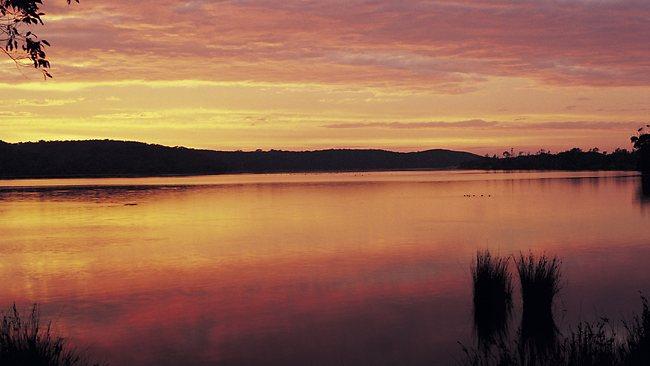
Wingan Inlet. Picture: Tourism Victoria
Nestled among a tall Bloodwood forest about an hour's drive southeast of Cann River, the inlet is ideal for swimming and fishing. Visitors are warned that strong currents can occur around the inlet mouth.
The beach also boasts views of fur seal colonies on the Skerries rock islands. The islands can be accessed by boat through the inlet, or via the Fly Cover Walking Track which starts at the nearby campground.
Great Ocean Road Walk
FOUR spectacular secret beaches can be found during a stroll along the Great Ocean Road Walk in the Great Otway National Park.
Parks Victoria ranger Dave Jenson said Milanesia Beach, located southwest of Lavers Hill and about a 20 minute walk off the walking track, is well worth the trek. Boasting dramatic cliffs and coastal scenery, the beach is also a top spot for swimming and surfing.
The remote and rugged Rivernook Beach is a short drive east along the Old Coach Road from Princetown, and then a short walk down a narrow track to the beach from the Great Ocean Walk. Ranger Jensen recommends it for surfing and fishing.
The Great Ocean Road Walk. Picture: Tourism Victoria
The Great Ocean Road Walk. Picture: Tourism Victoria
Parker Inlet, which can be found near Parker Hill off Blanket Bay Rd, has a freshwater river running into a tiny bay, beautiful scenery and is ideal for swimming and fishing.
Finally, the isolated and windswept Station Beach is located on the western side of Cape Otway, about a 90 minute walk from Cape Otway.
"Its remote location makes it great for beach fossicking," Ranger Jenson said.
"A special feature is its Rainbow Falls, which spill out over mossy cliffs onto the rock platform, often making a rainbow effect."
Some beaches on the Great Ocean Walk have with limited walk options. Refer to the clearly marked Great Ocean Walk Map guide for beach access points. Emergency markers state your 'on and off' access points, and yellow flags mark track arrival and departure points from the beach. It is important to look for these, Ranger Jenson said.
**Parks Victoria advises that most of the beaches are not patrolled and access may be quite rugged. There may be strong rips and currents and dangerous waves on rock platforms.
Know the tide times, weather conditions, and the effect of heavy rainfall on river crossings before accessing beaches and rock platforms. Visitors are warned to take extra care when visiting less well known beaches and areas.
